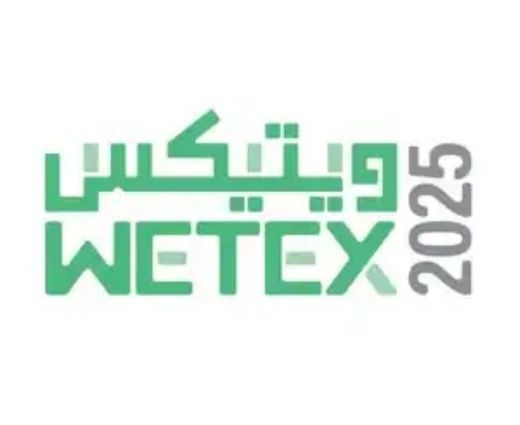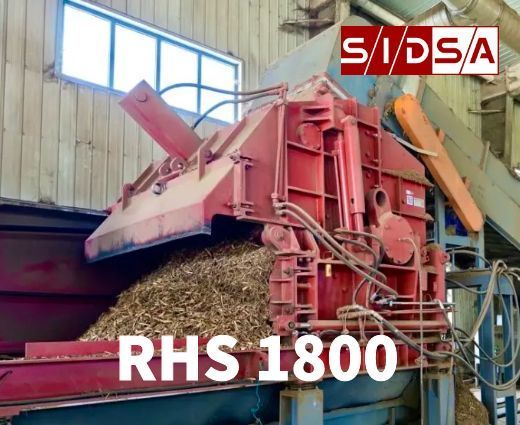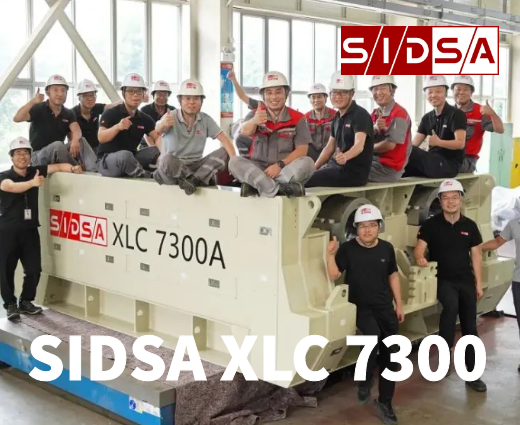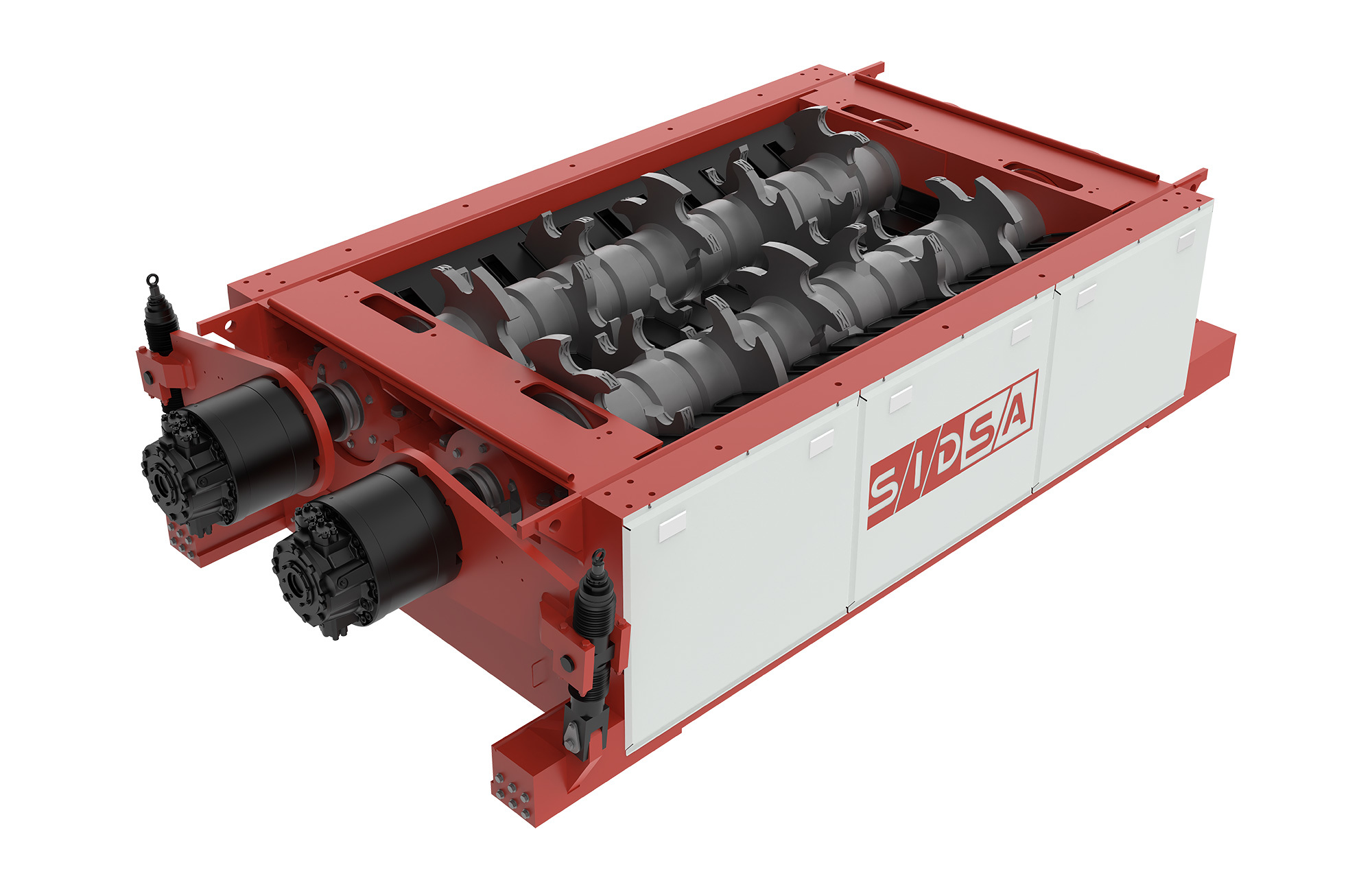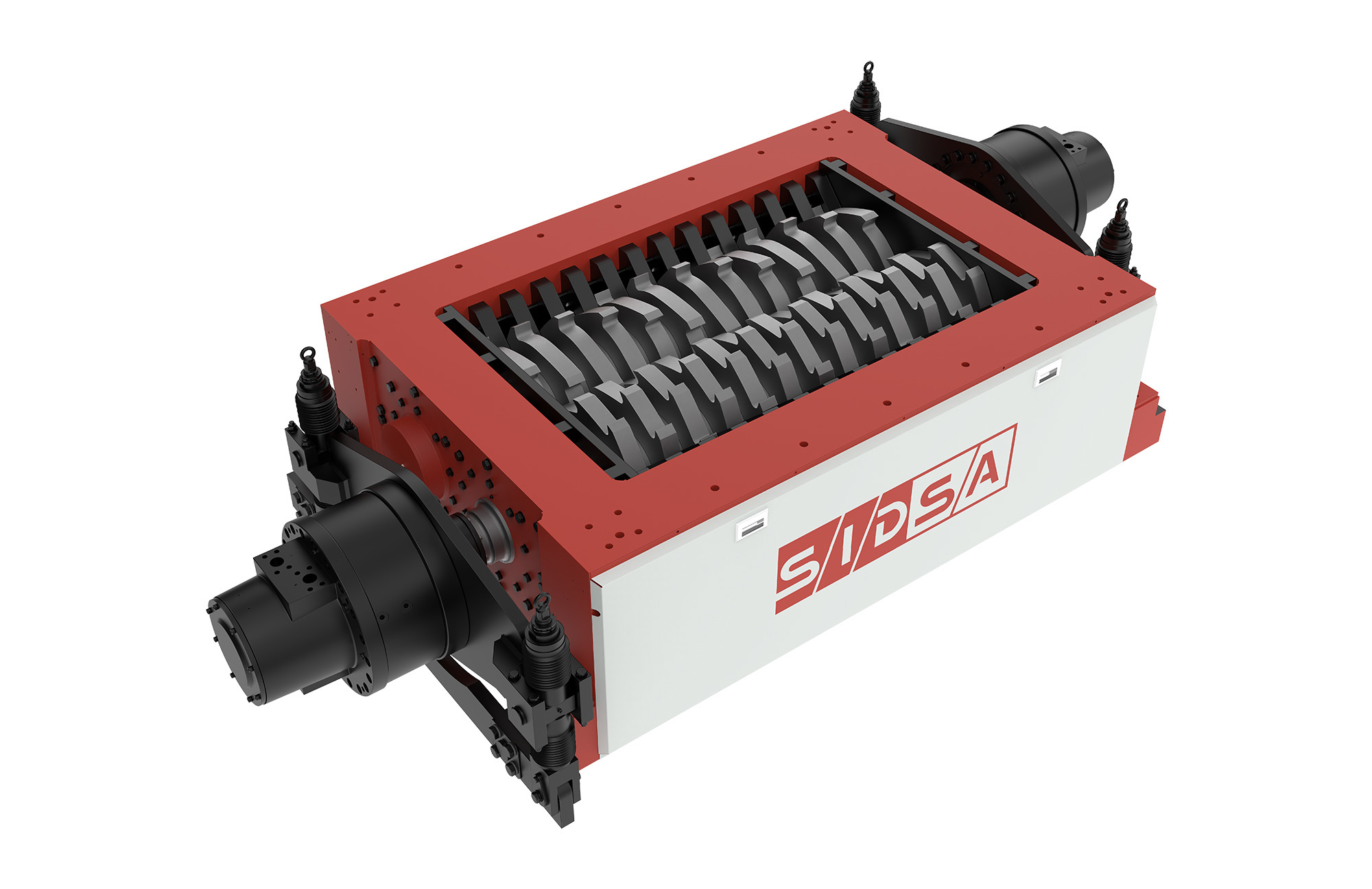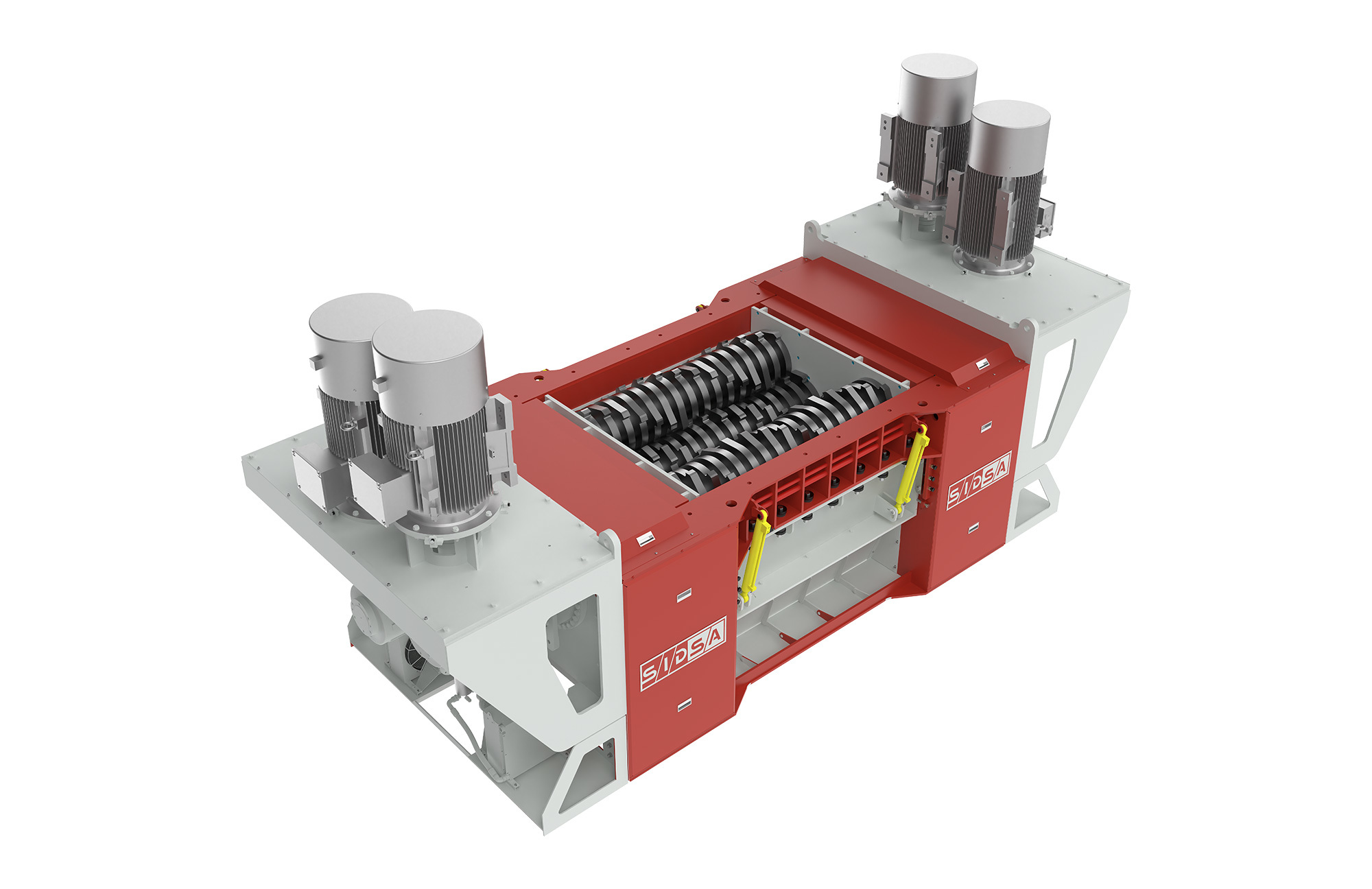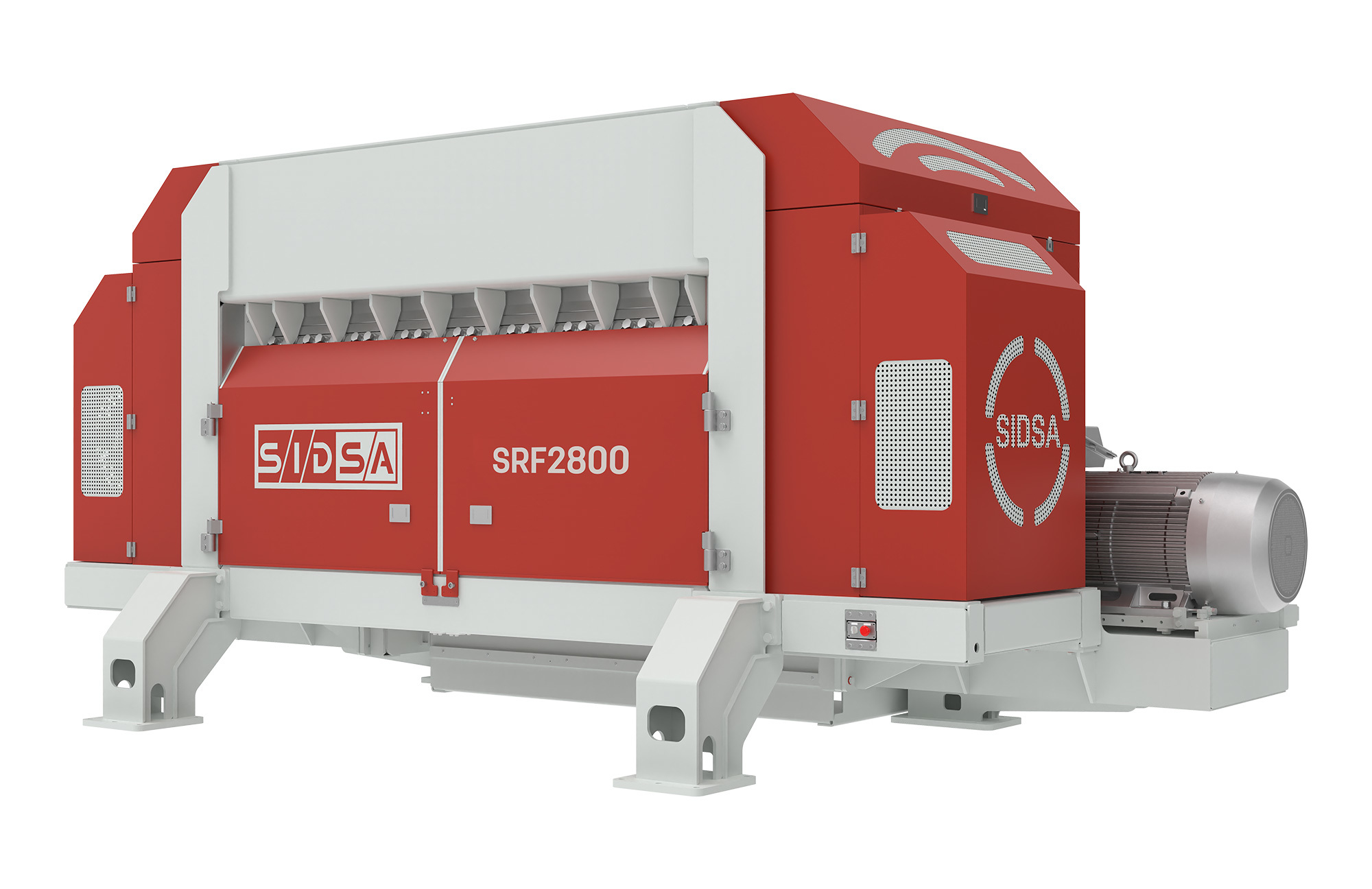High-torque 2-shaft shredder: An efficient and durable industrial shredder
Release Time:
Sep 04,2025
In modern industrial production and waste management, efficient and environmentally friendly processing of various types of solid waste has become a key concern for businesses and environmental protection departments. High-torque 2-shaft shredders are a widely used device in this context. Compared to traditional single-shaft or lightweight shredders, they have gained market favor with their powerful power, stable operation, and excellent adaptability.
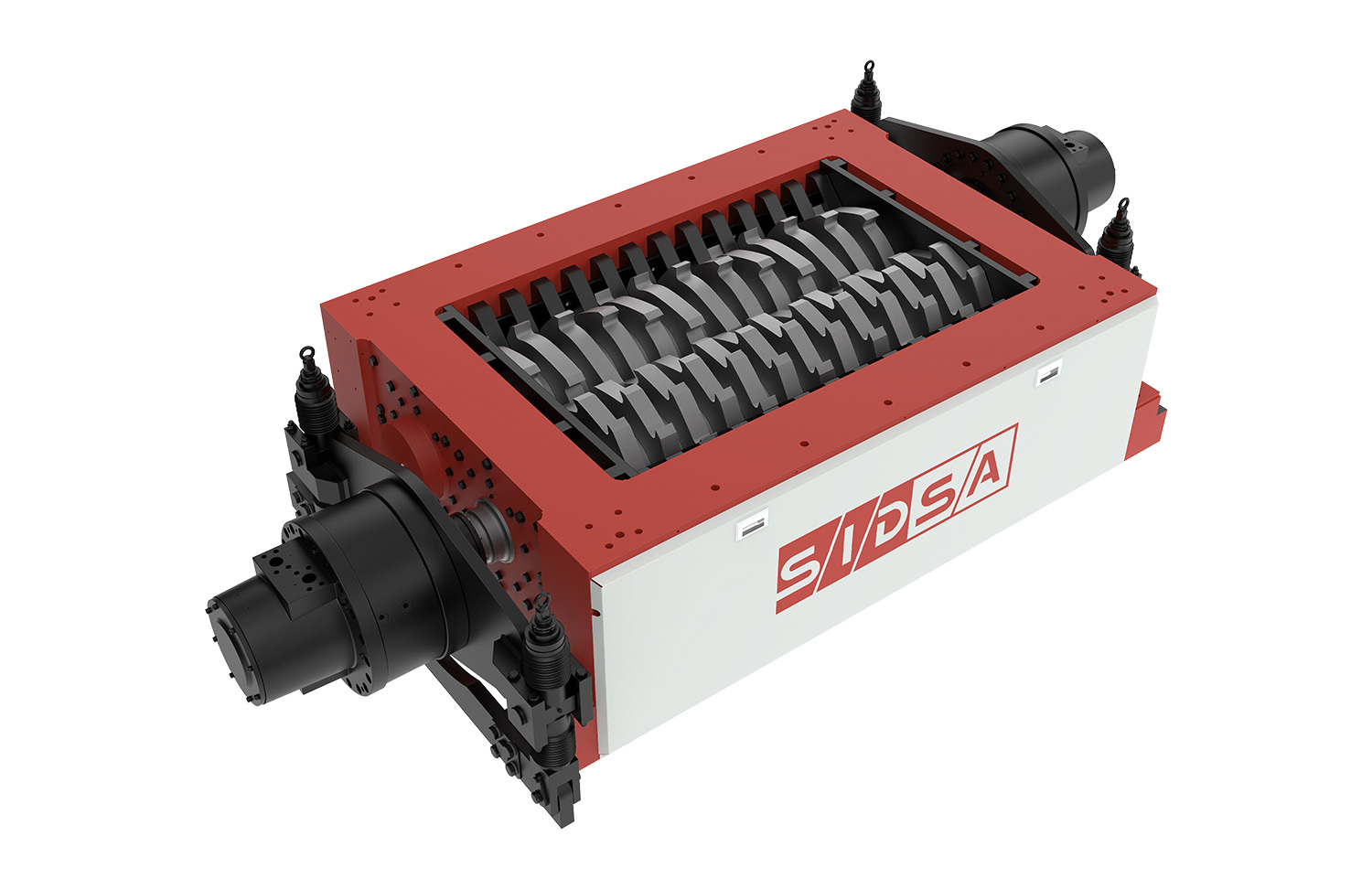
The primary advantage of high-torque 2-shaft shredders is their defining feature: high torque. This enables them to deliver immense shearing force even at low rotational speeds, allowing them to effortlessly process large, dense, and hard-to-handle materials. From metal scrap and end-of-life tires to electronic waste (WEEE), municipal solid waste (MSW), and mixed plastics, these systems ensure efficient and consistent size reduction. This robust performance significantly reduces incidents of jams or motor overloads, minimising unplanned downtime. For businesses, this translates directly into enhanced productivity and reduced operating and maintenance costs.
Secondly, these shredders are engineered for superior durability and longevity. The 2-shaft mechanism generates a powerful shearing and tearing action, which not only increases processing efficiency but also promotes lower wear on the cutting blades. When combined with a heavy-duty, rigid frame constructed from high-grade steel and premium, hardened cutting components, the shredder guarantees exceptional operational stability for continuous, 24/7 demanding applications. This unwavering reliability is a critical assurance for industries dependent on long-term, uninterrupted waste processing operations.
Furthermore, high-torque 2-shaft shredders deliver significant environmental benefits. By drastically reducing the volume of waste, they streamline downstream logistics, lowering transportation costs and facilitating more efficient recycling processes. For instance, shredded metal scrap is immediately ready for smelting, while processed plastics are more effectively sorted and repurposed. This not only optimises operational economics but also strongly supports corporate sustainability goals and the transition towards a circular economy.
Renowned for their powerful performance, exceptional reliability, and broad material adaptability, the High-Torque 2-Shaft Shredder has become an indispensable asset in the modern solid waste management sector. It provides both large-scale industrial manufacturers and municipal waste treatment facilities with a robust, efficient, and sustainable solution for their size reduction needs.
What Else Might You Learn?
SIDSA focuses on technological research and innovation in the field of waste pretreatment
Product
SIDSA focuses on technological research and innovation in the field of waste pretreatment






